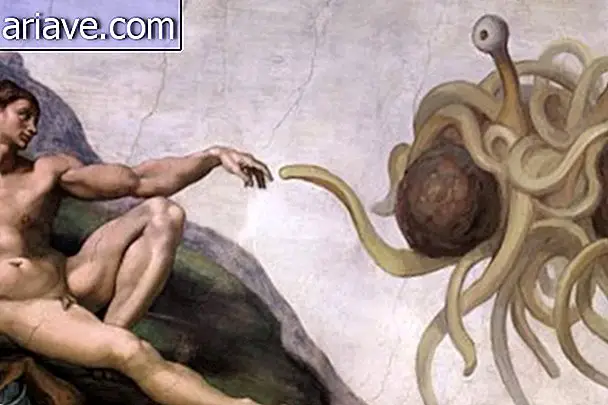Human embryos may have reptilian muscle
The evolution of human anatomy continues to be studied, and scientists from Washington University of Washington and University of Sorbonne in Paris have recently used special immunostaining techniques that reveal that human embryos may have a reptilian muscle early in their intrauterine development. . That is, some remaining features of anatomy have not completely disappeared, despite the evolution of the human body.
Howard Rui Diogo, evolutionary biologist, explains that the presence of some reptilian trait in the early development of fish, frogs, chickens and rats was already understood by scientists, but now the new techniques also allow us to see the process in more detail. of human development.
Reptilian muscle was believed to have “lost” during the evolution of human anatomy, having been abandoned by our mammalian ancestors some 250 million years ago. Although many reptilian muscles dissolve before birth, there are some adults who maintain the "reptile" trait.
Reptilian Muscle Found Provides Details on Human Evolution
The new study is based on high-resolution 3D scanning of tissues from more than a dozen embryos and young fetuses. By analyzing these images for weeks, the researchers found tiny muscles in the hands and feet in a seven-week-old baby, but they were no longer visible at week 13.

During the observation, the researchers also noted that about one third of the embryonic foot and hand muscles withered or fused with others. Just the fact that they still exist is a surprise since it was thought that they had "disappeared" so long ago.
In addition, the study further challenges the hypothesis that the upper and lower limbs are "copies" of each other. The development of major muscle groups suggests that limbs have come to resemble each other over time. Finding traces of some reptilian muscle early in development, even during pregnancy, can provide important insights into the history of human evolution.
The researchers also found that adults with some chromosomal disorders do not lose their reptilian muscle. “This reinforces the idea that muscle variations and pathologies may be related to delayed or interrupted embryonic development, in this case perhaps a delay or decrease in muscle apoptosis and helps explain why these muscles are occasionally found in adult people. It provides a fascinating and powerful example of evolution, ”says Rui Diogo.
Studies should continue and staining technology may help reveal other structures that have so far been thought to have disappeared from human bodies.











